We have successfully represented officers with prior injuries, including: an officer who required surgery for a knee after chasing a suspect through a mall, even though the officer suffered prior knee injuries; an officer who injured his back in a cruiser accident, even though he was then under the care of a neurosurgeon for his lower back; an officer who ruptured an Achilles tendon chasing a suspect, when the officer already suffered from a strained Achilles tendon; and an officer who developed the symptoms of multiple sclerosis, which had been dormant prior to his fall on a wet slippery floor.
The law protecting citizens in Massachusetts which provides for the compensation of conditions which are aggravated does not differentiate between employment categories. The law applies with equal vigor to police officers injured on duty, as it would to any other employee injured at work. Ever since the seminal case of Wallace v. Ludwig 292 Mass 251 (1935), the law in Massachusetts has been that a negligent actor is liable for the aggravation of pre-existing conditions, regardless of how bad the condition was in the past or was at the time of the new incident. In Massachusetts, it is well established the Defendant is liable for all the damages sustained by an injured officer even if that officer was “more susceptible to the particular form of injury” and even if the injuries would have been less severe if the trauma was inflicted on some other person. Webber v. Old Colony St. Ry. Co., 210 Mass. 432, 442 (1912).
Many lawyers are troubled by the pre-existing condition. We are not. If anything, it helps us prove how the recent trauma resulted in the current injured condition.
It is critical to a successful case that the injured officer:
- inform medical providers, such as emergency room and primary care physicians, about the prior condition;
- describe how the condition is different now than it was before the new injury. For example: the degree of the pain, how long it lasts, where it is located, how often it appears, the last time it bothered the officer prior to the new incident, etc.; and
- consult with us early on (We work on a contingent fee basis. This means the injured officer pays for our legal services and expenses at the end of the case and pays nothing in the off chance we are unable to collect money on their claim).
- Attorney Steven Ballin
The author, Steven Ballin, is an attorney and founder of the law firm, Ballin & Associates, LLC, which specializes in representing injured officers and their families. Attorney Ballin has practiced in the field of personal injury law for over 35 years and along with other attorneys in his firm, has successfully represented injured police officers in over 200 departments throughout Massachusetts. Attorney Ballin is available for free and confidential consultation and case review. He can be reached by telephone at 508-543-3700, or by e-mail at [email protected]. Copyright, Steven M. Ballin, 2018

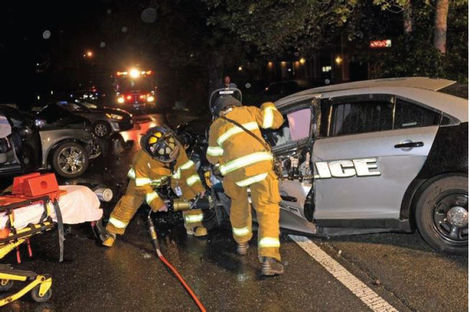
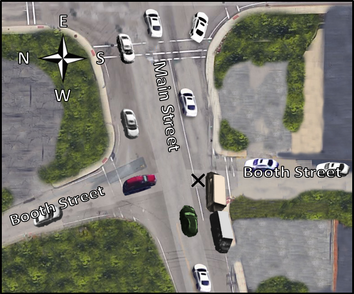
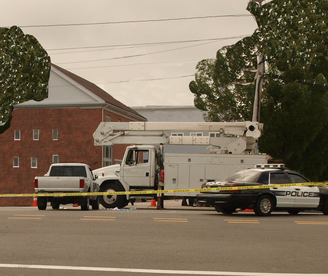



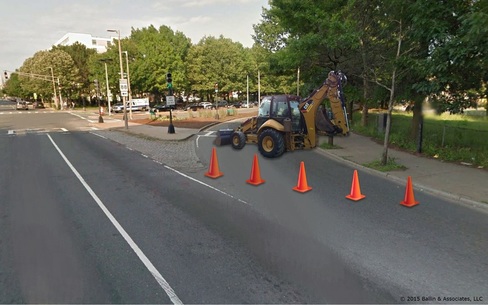
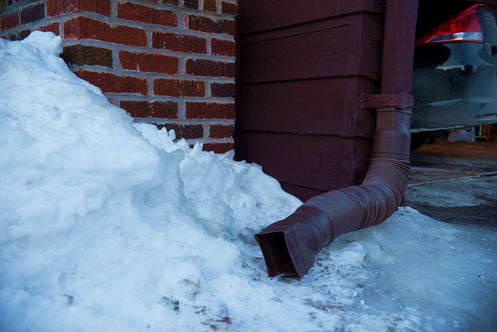

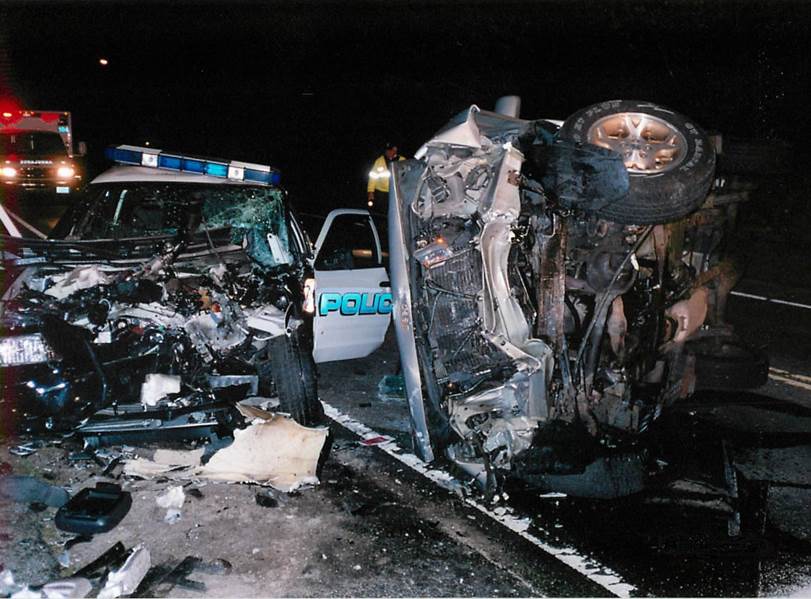
 RSS Feed
RSS Feed
